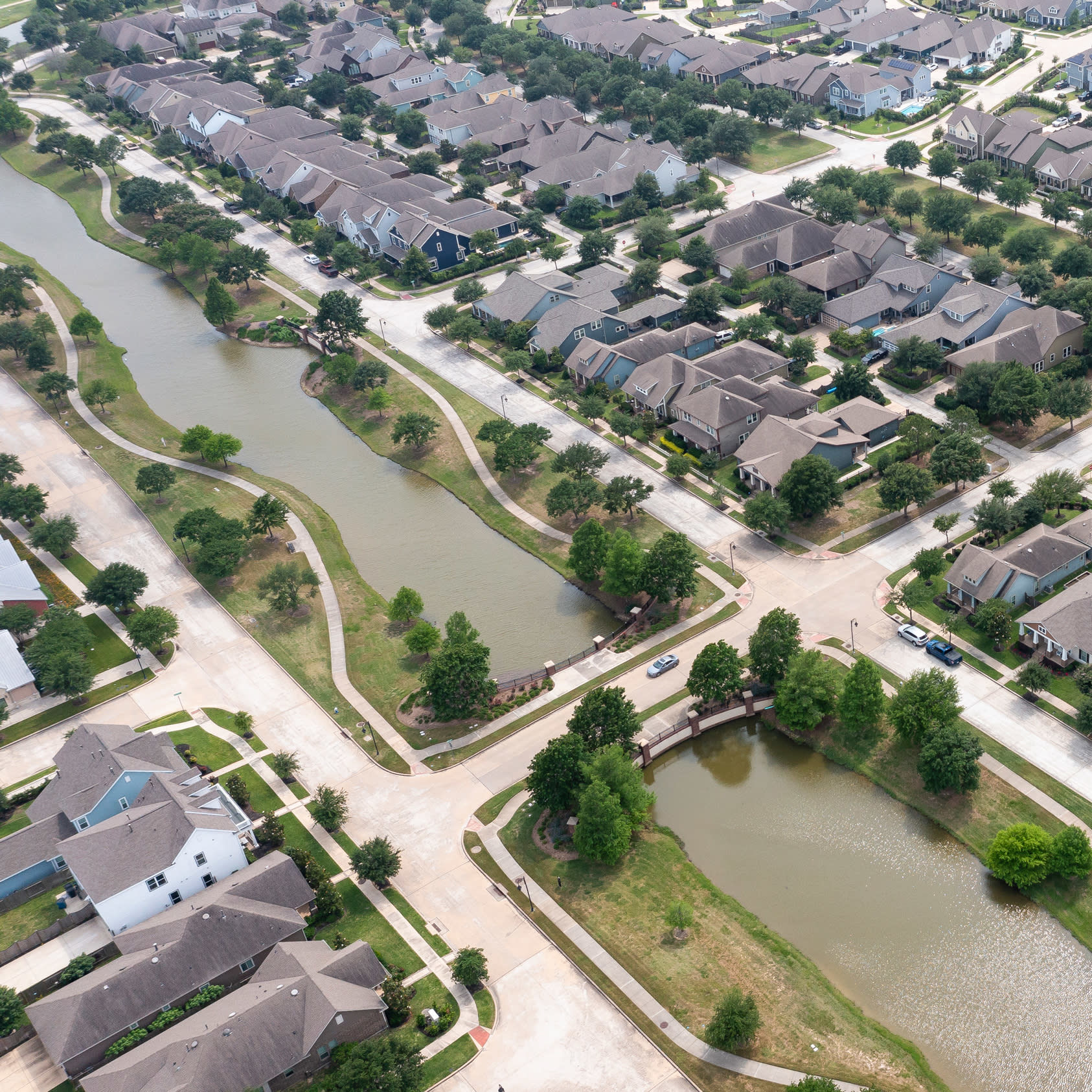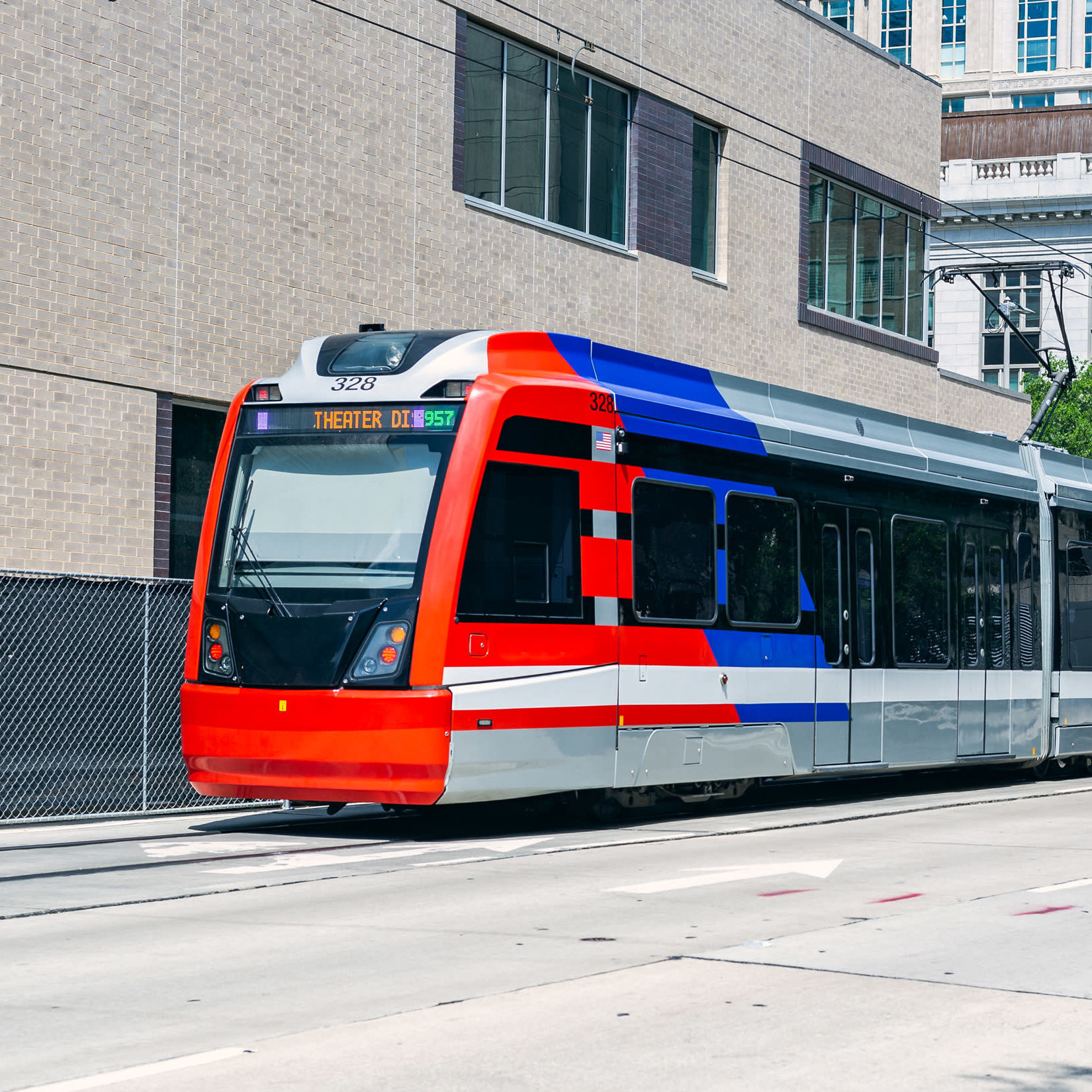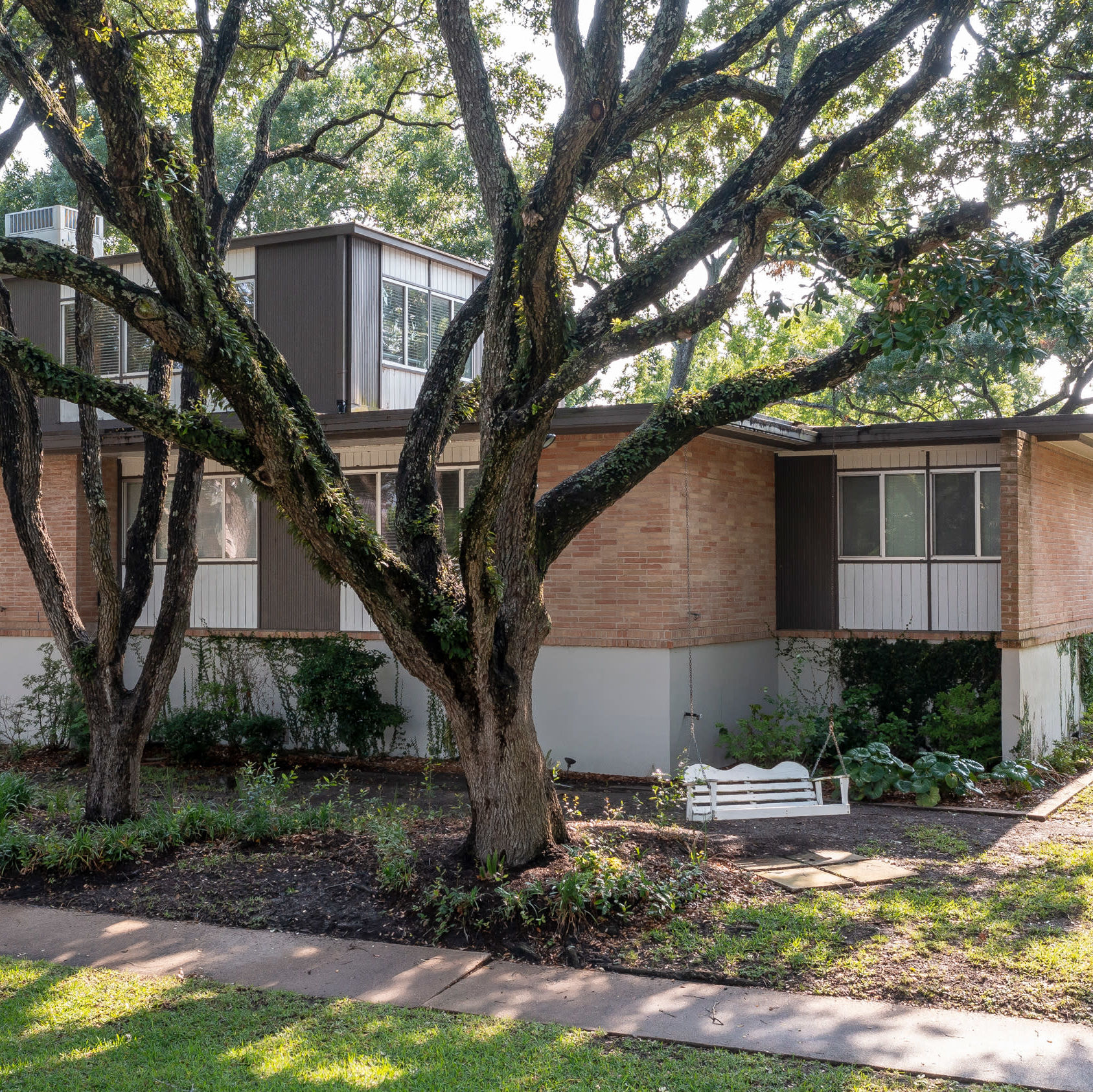First came the Karankawa, the Indigenous peoples who lived on Texas’s Gulf Coast for hundreds of years. Then the Allen brothers, who bought a swath of land in 1836 for a mere $5,000. With a misleading brochure that made the terrain look hilly and picturesque, they set out to convince speculators of this fantastic idea to build a city on a muddy swamp. Even with these grand ambitions, they probably didn’t realize they were creating what would become the United States’ fourth-largest city.
Somehow, the Houston of today is still growing. More than 20,000 townhouses have been built in the past 20 years, dividing lots formerly occupied by single-family homes to make room for denser housing. Residential high-rises are getting higher and more luxurious by the floor. Whole crops of meticulously manicured master-planned communities have sprouted from prairie in newly formed suburbs around the Houston area, contributing to the city’s infamous sprawl. Down in those floodplains—you know, the ones that Augustus Chapman Allen and John Kirby Allen thought were sound enough to plonk a city on—many residents who’ve been impacted by hurricanes decided not to move out, but to build up. The I-45 expansion will add lanes to the already gargantuan freeway while bulldozing more than 1,500 homes, businesses, and places of worship. Our parks and green spaces are growing, though, thanks to well-funded beautification projects.
What’s not growing in Houston? Our public transit system, for one. And opportunities for low-income families, who are often left out of Houston’s growth, pushed out by development that claimed to be for them. Here’s a look at the good, the bad, and the ugly in Boomtown.
Not a subscriber yet? Go ahead and fix that here.











